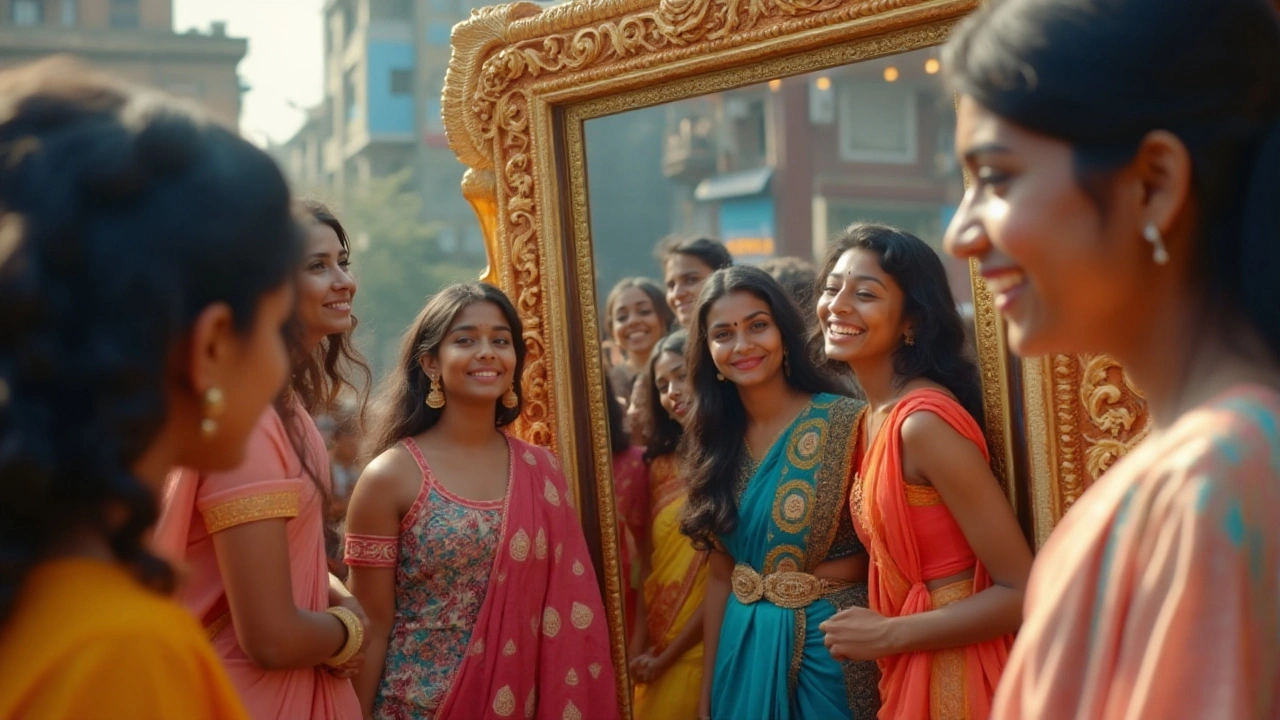
The TikTok Mirror Craze: Unveiling the Trend Captivating Users Worldwide
The TikTok mirror craze is a phenomenon where users creatively utilize mirrors to produce captivating and viral videos. This trend has immersed itself in social media culture, transforming a simple household object into an instrument of art and self-expression. From optical illusions to reflecting personal moods, TikTok creators are leveraging mirrors in unique ways. This craze reveals much about the platform's influence on creativity and online trends, while also sparking curiosity about the underlying psychology behind mirror-based content.
View More